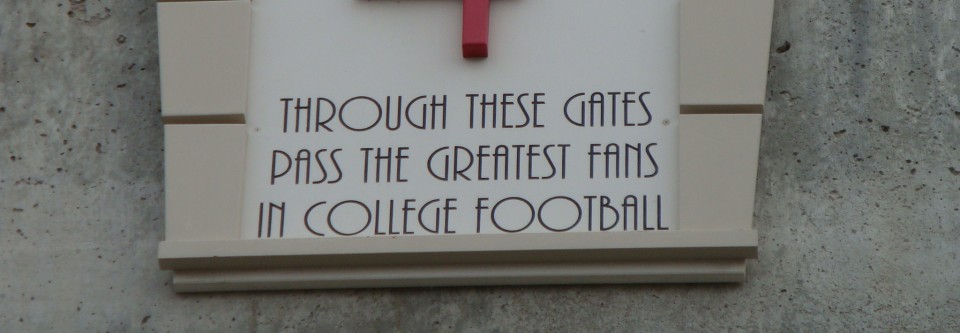After reading various articles, and more specifically the Charting posts, a number of readers have asked me if there was a glossary they could reference while looking at the posts. As always, the glossary at Inside The Pylon tends to be a great resource for a number of terms or phrases you’ll read here at Husker Chalk Talk. That said, as good as it is, it doesn’t apply specifically to the Huskers and it doesn’t provide the visual clues that some need to understand a concept.
Accordingly, this is the first post of many I’ll call the “Glossary Series.” These won’t be the typical deep dives you’ve seen thus far from the site, but rather surface level posts in which I’ll post descriptions and/or film cut ups of certain words or phrases that you’ll see in the Charting posts. And so if you’re ever confused about a particular concept and the Inside The Pylon glossary doesn’t answer your question, this series will hopefully have something in it to solve the riddle.
For our first post in the series, let’s take a quick look at the types of motion that we’ve seen from the Husker offense in 2015 and 2016. Continue reading “Glossary – the Husker Motion Package”





